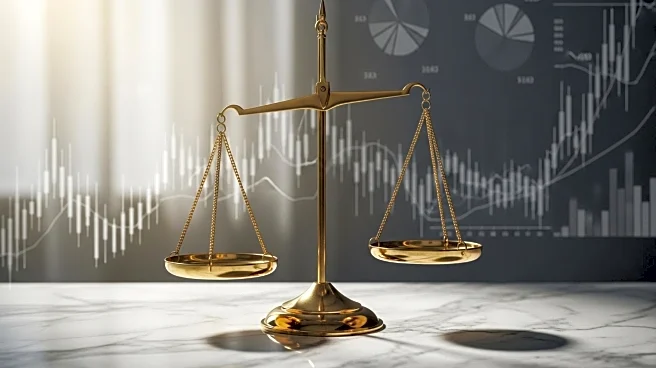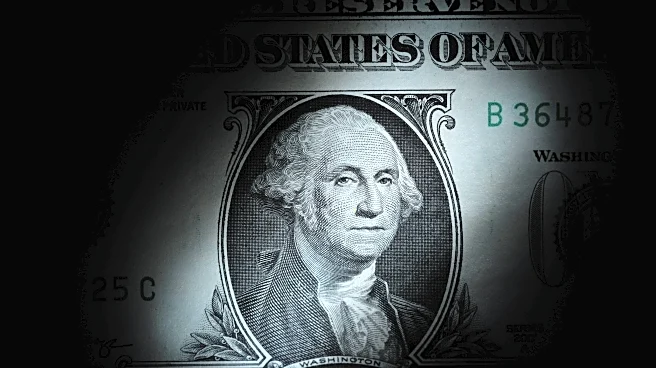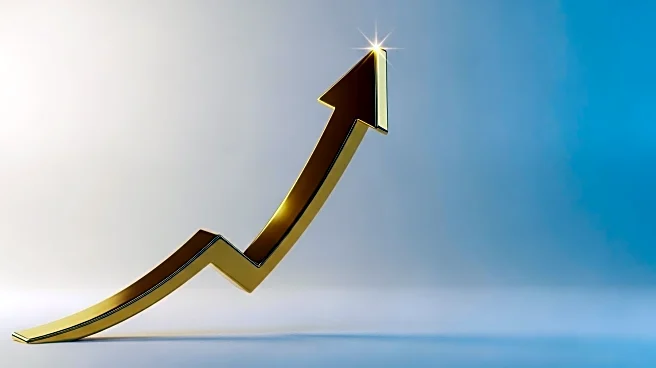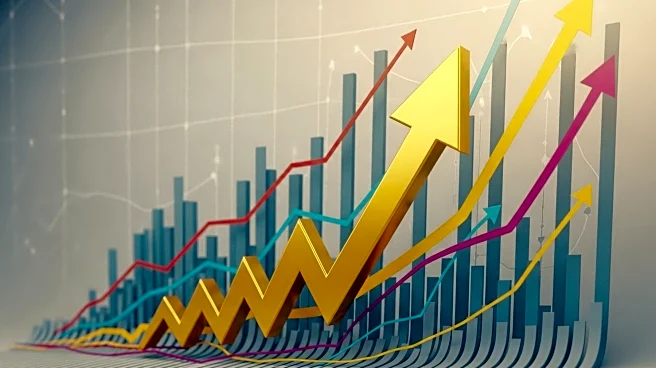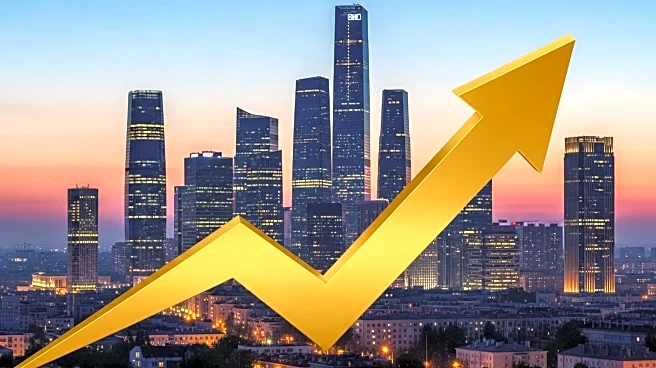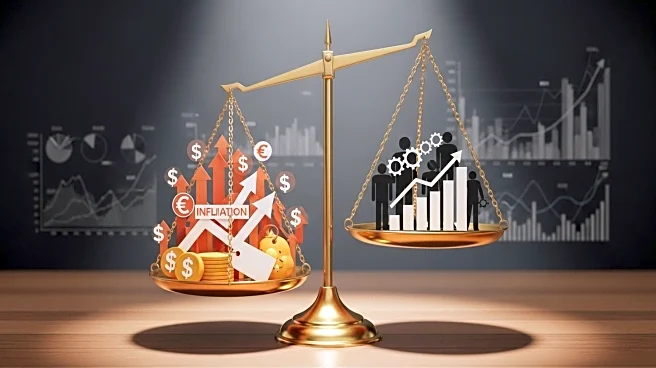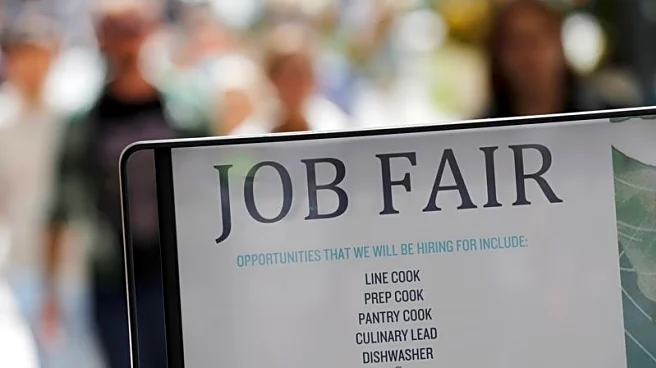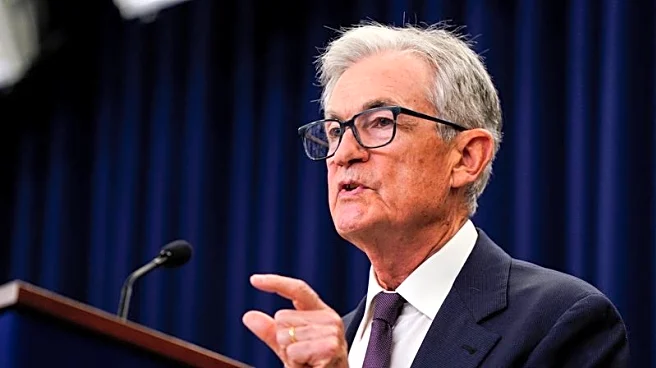What is the story about?
What's Happening?
The U.S. economy experienced a significant upward revision in its GDP growth for the second quarter of 2025, reaching 3.8%, as reported by the Commerce Department. This adjustment from the previous estimate of 3.3% marks the fastest growth rate since the third quarter of 2024. The revision is largely attributed to stronger consumer spending, which increased from an earlier estimate of 1.6% to 2.5%. Despite concerns about the job market and inflation, consumer spending has remained robust, contributing to the overall economic resilience. Additionally, unemployment claims have decreased, although the Federal Reserve anticipates a slight rise in the unemployment rate by the end of the year.
Why It's Important?
The revised GDP figures highlight the resilience of the U.S. economy amid ongoing challenges such as a slowing labor market and President Trump's policies on tariffs and immigration. The strong consumer spending suggests that the economy is not on the brink of recession, despite fears of uneven growth. The Federal Reserve's recent interest rate cut aimed at stimulating growth may now face reconsideration, as the positive economic data reduces the urgency for further rate cuts. However, the reliance on tech sector investments, particularly in artificial intelligence, raises concerns about the sustainability of this growth, as these investments are expected to peak soon.
What's Next?
The Federal Reserve may need to reassess its monetary policy strategy in light of the stronger-than-expected GDP growth. Investors have already adjusted their expectations regarding future rate cuts. Meanwhile, the economy's dependence on tech sector investments suggests a need for diversification in growth sources. Policymakers and economic stakeholders will likely focus on addressing the potential disparities in economic benefits across different income groups and sectors.
Beyond the Headlines
The current economic scenario underscores the critical role of technology investments in sustaining GDP growth. However, the potential peak in tech-related spending could necessitate a shift towards other growth drivers. This situation presents an opportunity for policymakers to explore alternative avenues for economic expansion, ensuring a more balanced and inclusive growth trajectory.
AI Generated Content
Do you find this article useful?


